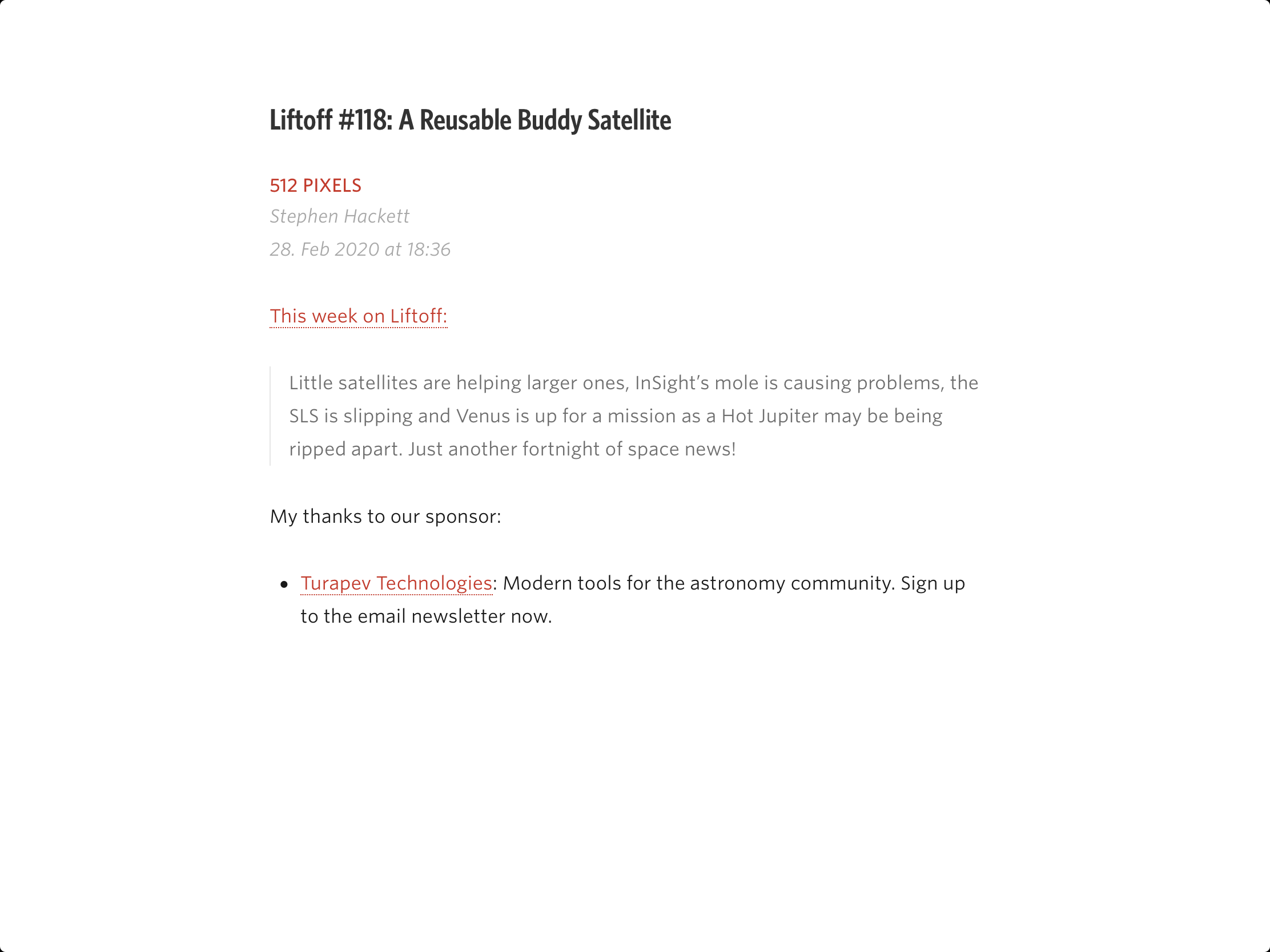In episode 334 of the podcast Connected, Federico Viticci talked in passing about a relatively new app named Taio as the „spiritual successor to Editorial“. I listened to the episode while walking, got interested, and stopped immediately to have a look at the app.
It seems that Federico nailed it: Taio1 is a markdown editor that comes with a lot of useful features, among them the ability to perform actions on the content of a markdown file, similar to the workflows defined in Editorial.
In contrast to Editorial, however, Taio does not have a „personality“. It uses standard controls and symbols that can be found in other apps as well. Personally, I don‘t care much. A standard iOS app these days looks quite nice and does not require a „personality“ in the same way as it used to be the case.
I‘d much rather that the developers focus on functionality rather than appearance. A distinct and recognizable look and feel is certainly nice, but no replacement for a solid set of features. To win me over, any app that provides extensive customization has a much better chance than a comparable app with a fixed look and feel.
For example, I have a tendency to be picky with the fonts that I like to use with any app that focuses on text2. Taio gives me the option to choose my font freely and the list of supported fonts even includes fonts that are installed on the device via a profile.
When I started to write this text, Taio was available for free on the App Store. The „Pricing“ menu item in the preferences contained a statement from the developer. The gist of it was that Taio was considered very much a work in progress and would only remain free as long as some sort of feature completeness had not yet been achieved.
Having reached that goal, access to specific pro features would require some exchange of money. In other words, Taio had obviously been considered as something like a „public beta“ that were (for some reason) not distributed via Testflight, but as a regular App Store app.
Meanwhile, a new version of Taio has been released which introduces the already announced Taio pro feature-set. As with many other apps, you have the choice between a one-time payment and a monthly or yearly subscription.
The creation of a markdown note in my iOS usage will either happen in Drafts or DEVONthink. In the latter case, I typically don‘t start typing, but share the note with an editor (like Taio) that can do in-place editing and which gives me more comfort than the bare-bones text editor that comes with DEVONthink.
In Taio, I can work on the text of the note and add the meta-data for the stylesheet. I can do a preview using the same stylesheet as in DEVIONthink. After I’m done with the editing, I can simply get back to DEVONthink and the updated note text appears after a few seconds3.
In terms of the ability to preview markdown content, Taio stands out by supporting a couple of previewing options:
- It has an integrated preview mechanism for markdown content.
- It is also possible to implement a preview using the action mechanism provided by Taio. There is an example for a custom preview using actions that can easily be updated with custom stylesheet content.
- Preview using Markdeep is provided as a further customizable action.
Even though the app is already very impressive, there are some aspects where I would personally see some room for improvement:
- There is no support for markdown meta-data at the moment. This is an important detail for me because I put a reference to a stylesheet located in DEVONthink at the top of all my notes that I plan to import into DEVONthink. That way, the notes are rendered in the style of my choice in DEVONthink.
- Some markdown editors will render markup for bold or italic text using a bold resp. italic text style. Taio currently does not support such a feature. Although I can certainly live without it, I would welcome a future extension of the text rendering in the editor.
- Markdown markup in quotes or footnote text is completely ignored by the syntax coloring. This is an obvious defect that hopefully gets added at some point in time.
- Speaking of footnotes: while the release notes claim that footnotes are supported my own tests came to a different conclusion. I previewed text that failed to render footnotes in Taio in other markdown previewers and it worked just fine in those.
Nevertheless, I see the potential in Taio, it has already become my preferred solution for iOS text file editing.
- Taio is the abbreviation for „text all in one“. ↩
- For example, I stopped using Bear some time ago and one of the reasons was the fairly limited font selection. I start my texts mostly in Drafts, which supports customizability to an extent that makes me like the app. ↩
- Of course, I would prefer DEVONthink to provide an integrated text editor that resembles the comfort that Taio provides me with. But it would not be wise to hold your breath for that. The integrated editor was on my wishlist for the recently release major version 3 of DEVONthink to go. If there is any activity to work on a more sophisticated text editor it might have been part of the major release already. ↩

